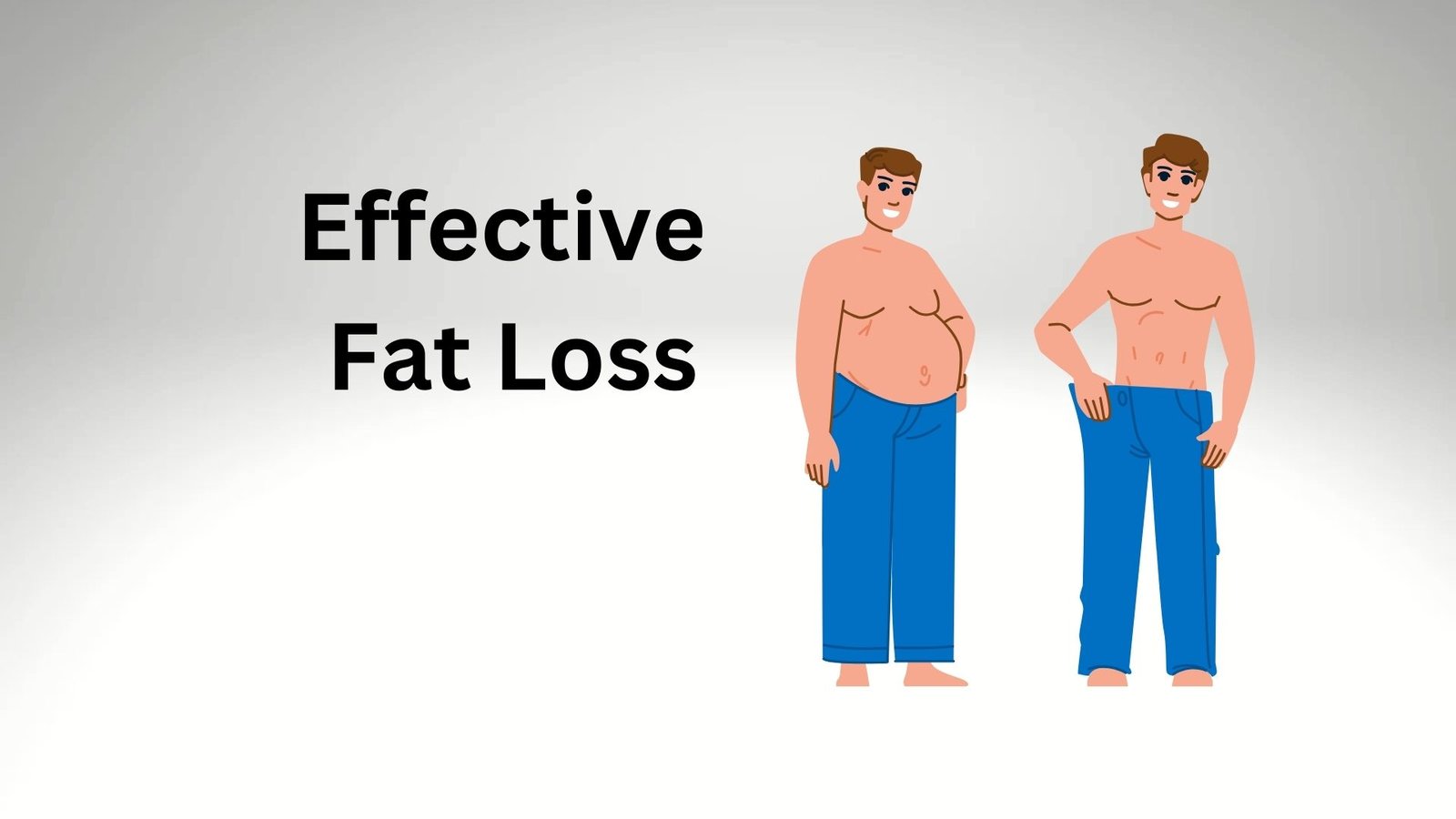In a new lecture, Ben Bikman MD, a biomedical scientist researching metabolism at the University of California, Riverside, explores what it takes to lose fat, and more importantly, he digs into the biology that keeps us fat. This post will outline his key insights, from pharmaceutical interventions to lifestyle changes.
Understanding Fat Tissue and Hormones
But the most important point that I want to make is that fat is not just… an organ. And that is not just a nickname, it’s a technical term. It is an actual organ. Fat tissue is constantly communicating with hormones. It grows and it shrinks. That is one of the most important things you’ve got to figure out when it comes to dealing with losing weight.The crucial point here is hormones. Hormones dictate how fat is deposited and used, and even how appetite is controlled.
Drugs for Fat Loss
Without denigrating other medications, Bikman returns to the drug realm, pointing out that GLP-1 agonists such as semaglutide reduce cravings, especially at higher doses than are sometimes prescribed for diabetes.
A key point Dr Bikman makes is that these medications have side effects: sex drive loss is a common side effect of GLP-1 agonists, for example, and not all of these drugs’ effects are restricted to food cravings. Though GLP-1s and other drugs can assist with weight loss, they can also contribute to loss of lean mass. Regaining lost fat mass can be easier than regaining lost muscle mass, especially as we age.
Bariatric Surgeries: An Overview
Bikman outlines a number of esoteric bariatric surgeries now used for weight loss, most with their own physiology, benefits and risks.
Roux-en-Y Gastric Bypass
The standard procedure involves reducing the stomach to a small pouch and bypassing the small intestine, leading to reduced food intake (and digestion) and dramatic weight loss. However, patients must also remain on a life-long vitamin regime to avoid deficiency problems, such as vitamin B12.
Laparoscopic Adjustable Gastric Banding
This is a band that’s placed above the stomach and allows for a certain amount of food to go in, but prevents it from going all the way to the intestines – so the band doesn’t disturb the intestine at all. And that’s also less invasive – it’s a little less dramatic, I guess to say – and it might not have as dramatic results, but it’s a lot less invasive.
Laparoscopic Sleeve Gastrectomy
Here, most of the stomach is actually removed, leaving only a tube, resulting in reduced food intake and faster passage through the gut – but often poorer digestion. Alternatively, the level of the digestive system can be altered so as to enhance nutrient absorption: Enhanced digestion and absorption is achieved through a procedure called a bi-lopancreatic diversion, or BPD. In this procedure, the small intestine is divided, with the small part attached to a long portion of the small intestine that was brought up from the pelvis, resulting in the presence of two parts of the small intestine after the stomach.
Biliopancreatic Diversion with Duodenal Switch
This complicated surgery involves a combination of the operations of gastric bypass and sleeve gastrectomy, making a small stomach and bypassing part of the small intestine. It, too, results in massive weight loss with its own complications.
The Limitations of Liposuction
Liposuction is often done for cosmetic reasons, without addressing the deeper-lying issues of fat storage. As Bikman notes: ‘When people get liposuction, they might successfully remove subcutaneous fat, but they don’t remove their visceral fat which is more metabolically harmful.’ And when you remove fat, he adds, ‘your liver will send more [fat] to enlarge the fat cells you have left, and then those cells get even bigger and then you gain more weight.’
Lifestyle Changes: The Elephant in the Room
Closing his remarks, Dr Bikman emphasises the importance of lifestyle changes, not just the type of foods we eat and the nature of our exercise routines, but also considers the ways that we can maximise our health and promote wellbeing as we lose fat.
Exercise: The Right Motivation
That means you should strive for health and strength through exercise, and let the number on the scale take care of itself. ‘I think the primary mistake is looking at exercise as a weight-loss tool,’ Bikman told me. ‘It’s relatively ineffective as a weight-loss tool. But it’s extremely effective as a health tool, and health is the best thing you can do for your waistline.’
Nutrition: The Key to Fat Loss
Low insulin means that you’re in a ‘metabolically healthy’ environment, one that Dr Bikman encourages through changes to nutrition:
- Controlling Carbohydrates: Prioritize whole foods and be wary of processed foods that can spike insulin.
- Prioritizing Protein: Protein has minimal impact on insulin levels and can enhance satiety.
- Not Fearing Dietary Fat: Healthy fats can be part of a balanced diet without causing insulin spikes.
The Importance of Insulin Management
One of his main messages from the lecture was to manage insulin as it can lead to heightened fat storage and hunger. The goal for anyone is to lower insulin, which will increase the rate of metabolism and fat burning. To do this, you’ll eat differently and will probably undergo intermittent fasting.
Intermittent Fasting
Structured fasting can also support fat loss since it creates a calorie deficit without having to constantly count calories. ‘It’s important how you come out of the fast,’ says Bikman. ‘You can have uncontrolled hunger and end up overeating.
Additional Methods for Fat Loss
The physician Bikman refers only briefly to the potential utility of temperature therapies (sauna, cold plunge) in increasing metabolic rate, but these do burn calories, though whether they can promote fat loss will depend on further studies.
Conclusion: Focus on Shrinking Fat Cells
The general takeaway message coming from Bikman is that losing fat the healthy way means not just losing weight but reducing your fat tissue size. And it means doing this by lowering insulin, making smart diet choices, and getting regular exercise. When you pay closer attention to your fat tissue and your hormones, he says, weight loss or abdominal reduction will take care of itself.
FAQs
What are GLP-1 agonists, and how do they help with weight loss?
GLP-1 agonists (drugs that mimic the actions of the gut hormone glucagon-like peptide-1) decrease cravings and reduce the rate at which food moves through the stomach. We found that the drugs reduced cravings, appetite and weight.
Can I regain weight after bariatric surgery?
Yes (weight regain) is possible after bariatric surgery; especially if individuals do not adopt long-term dietary changes. However, this situation can arise, because the body often adjusts to new metabolic conditions. Although many patients strive for success, some may find it challenging to maintain their weight loss.
Is exercise necessary for weight loss?
Although exercise helps us to stay healthy, it is not the main contributor to weight loss, with diet being far more important.
How does insulin affect fat storage?
Keeping insulin levels low is especially important for weight loss, since high insulin builds fat and blocks fat burning.
Are temperature therapies effective for fat loss?
While temperature therapies (may) increase metabolic rate; however, more research is needed to confirm their effectiveness in promoting fat loss, because this area remains underexplored. Although some studies suggest potential benefits, the evidence is still inconclusive.

